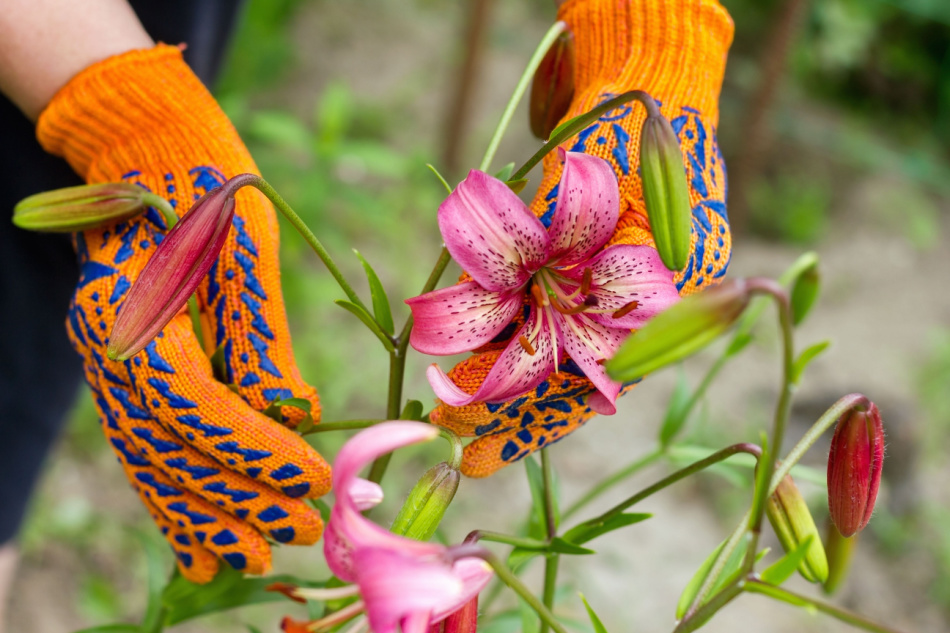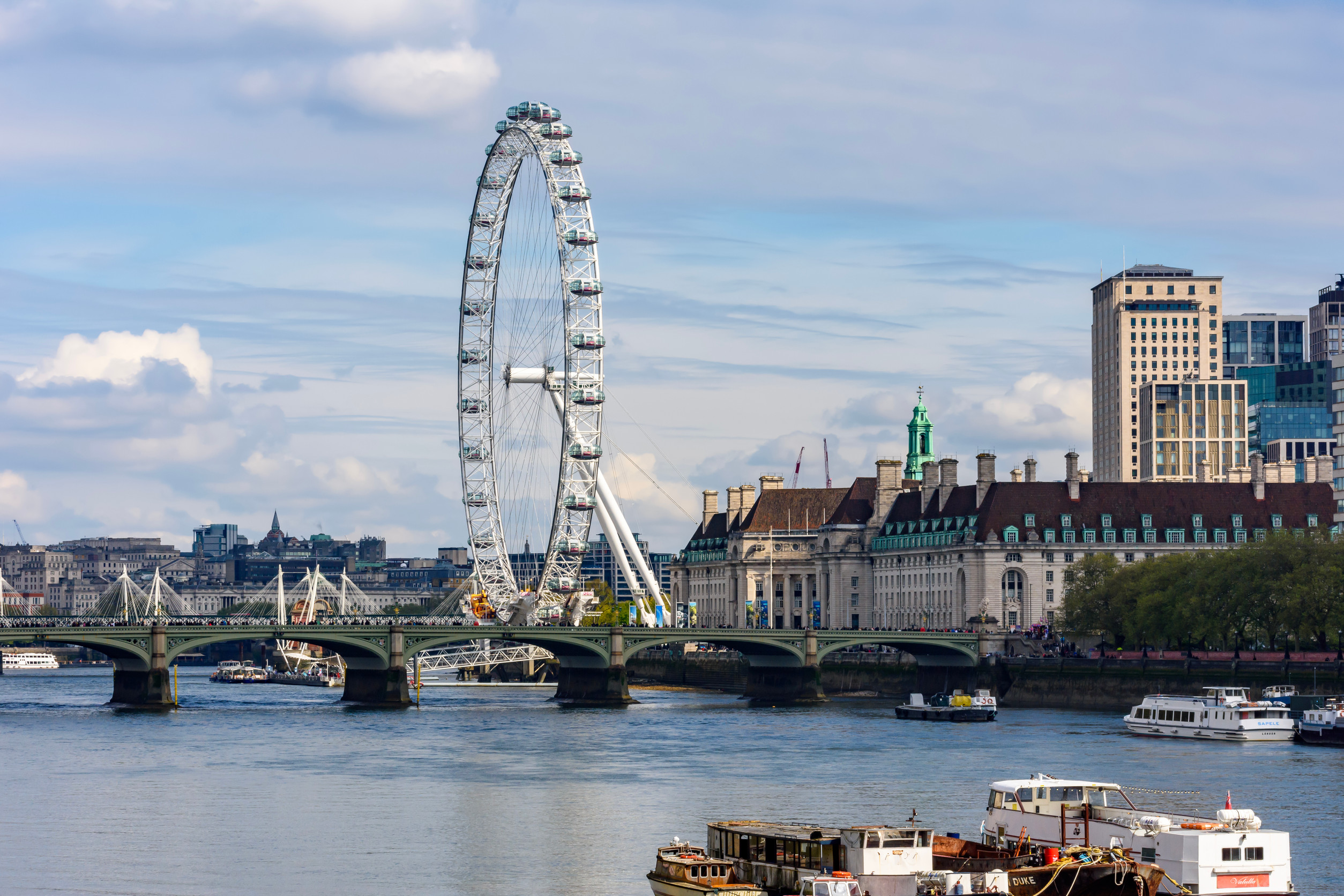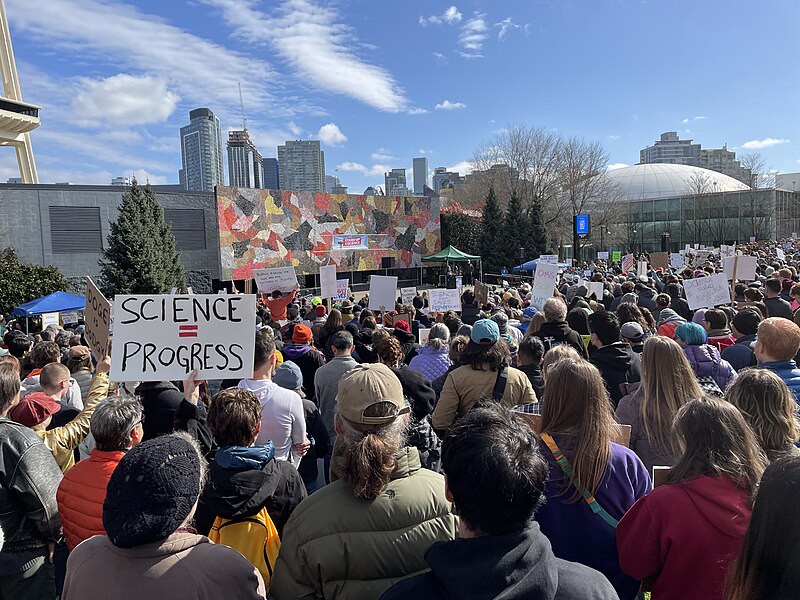If you’re curious about what green urban planning may look like in the future, Barcelona-based architecture firm Guallart Architects has recently unveiled a neighborhood design for a new city in China, called Xiong’an New Area, that’s expected to serve as a model of sustainability – powered by renewables, surrounded by greenery, and featuring pedestrian-friendly roads.
The neighborhood will consist of apartment blocks that surround huge courtyards and garden spaces with native flora. Designed for people of all income and ages, the apartments have large balconies with built-in boxes for gardening as well as rooftop greenhouses integrated with vertical farming to grow food for the community.
Powered by solar power, the wooden buildings are designed to use 80 percent less energy than conventional apartment blocks. The streets will also be built to prioritize pedestrians and cyclists instead of cars.
What’s more, given that the architects worked on the design while under lockdown, the model is designed to be resilient in the face of similar crises in the future, with the apartments featuring home office-friendly spaces; and in case the lockdown isn’t as strict, people can also use coworking spaces in each apartment building.
Dubbed a “self-sufficient city,” the model strives to ensure that there’s an abundance of onsite food production, with the bottom floor of each apartment featuring a farmer’s market selling locally grown food. An app will also offer residents the possibility to let neighbors know if they have any excess produce available to sell.
“We believe that it is necessary to strengthen local communities and people and reinvent what globalization means to go from a model of centralized cities typical of the industrial age to a model of distributed cities, typical of the internet age,” says Vicente Guallart, the Spanish architect whose eponymous firm is behind the design.
“Given that the ecological component is key in the proposal, we believe that we are moving toward cities that promote life, which we could call bio-cities: Urban planning has to learn more from nature and develop in harmony with it.”











